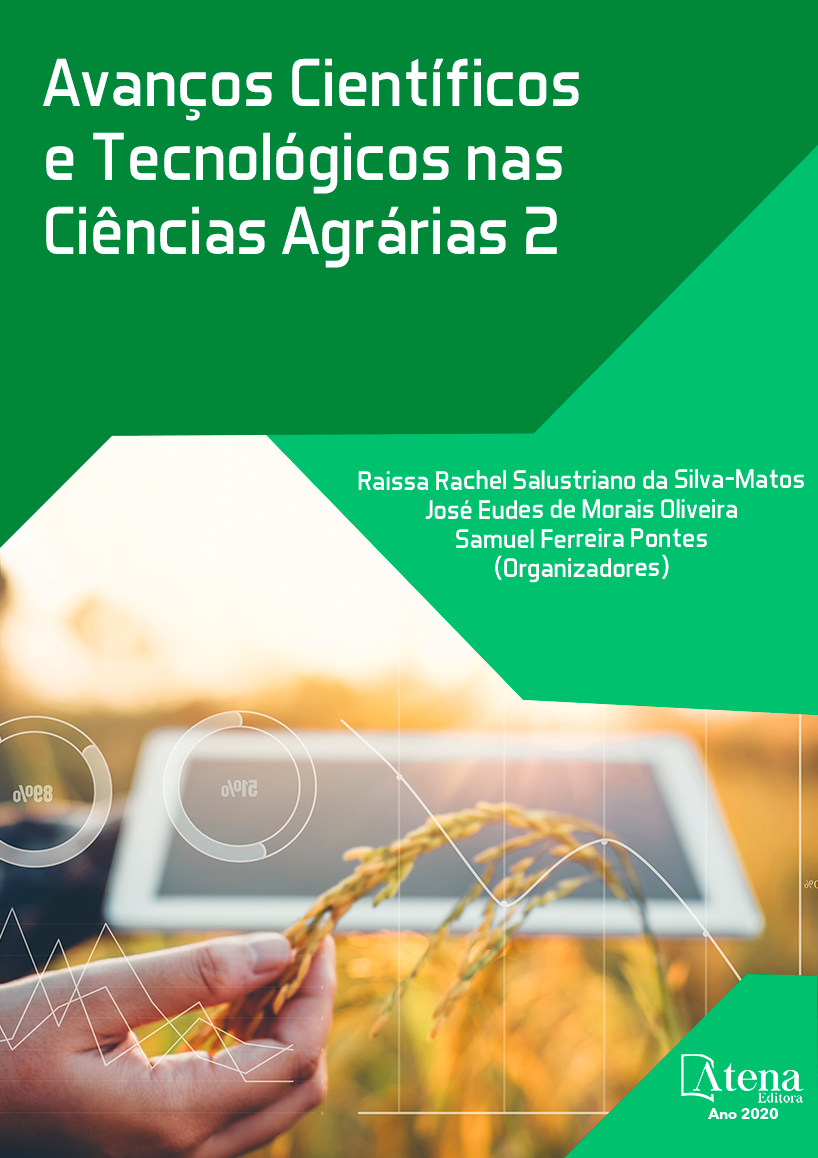
EXPRESSÃO HISTOQUÍMICA TEMPORAL DE CULTIVARES DE TRIGO DE DISTINTA REAÇÃO À FERRUGEM-DA-FOLHA
A ferrugem-da-folha, causada pelo fungo Puccinia triticina, é uma doença importante para a triticultura do Sul do Brasil. Nesse contexto, buscamos compreender através de análises histoquímicas, a expressão temporal das cultivares de trigo Toropi (resistente) e IAC 13-Lorena (suscetível) à ferrugem-da-folha. A análise foi realizada na folha bandeira e na fase de espigamento das plantas, sendo determinados quatro tempos pré e após as inoculações do patógeno: 0, 24, 48 e 72 horas. Os compostos histoquímicos utilizados e a relação com as estruturas histológicas e resposta da planta foram: fluroglucina (ligninas), Sudan III (lipídeos totais), cloreto férrico (compostos fenólicos) e cloreto de alumínio (flavonoides). Para cada cultivar foram avaliadas oito repetições, sendo que os cortes histológicos foram analisados em microscopia óptica e de fluorescência. As análises foram comparativas frente aos tempos de inoculações de cada cultivar e por síntese dos compostos, através dos seguintes critérios: (=) igual/semelhante, (*) fraco, (**) médio, (***) forte. Os resultados obtidos evidenciaram a presença e intensidades diferenciadas para os compostos histoquímicos em ambas as cultivares: para as ligninas, apenas Toropi mostrou-se diferenciado nas 72h; para Sudan III a cultivar IAC 13-Lorena se mostrou mais evidenciada nas 24 e 48 h; para fenóis, Toropi evidenciou maior intensidade nas 48 e 72h; flavonoides ambas as cultivares tiveram intensidades expressivas nas 24 e 48h. Diante do que já foi evidenciado serão necessários novos estudos, com outros intervalos pós-inoculação, para maior compreensão da expressão temporal frente à resistência/suscetibilidade à ferrugem-da-folha.
EXPRESSÃO HISTOQUÍMICA TEMPORAL DE CULTIVARES DE TRIGO DE DISTINTA REAÇÃO À FERRUGEM-DA-FOLHA
-
DOI: 10.22533/at.ed.6452020035
-
Palavras-chave: Triticum aestivum, Puccinia triticina; Ligninas; Lipídios; Flavonoides; Fenóis.
-
Keywords: Triticum aestivum, Puccinia triticina; Lignins; Lipids; Flavonoids; Phenolic compound.
-
Abstract:
Leaf rust, caused by the fungus Puccinia triticina, is an important disease for the triticulture of southern Brazil. In this context, we seek to understand through histochemical analysis the temporal expression of Toropi (resistant) and IAC 13-Lorena (susceptible) wheat cultivars to leaf rust. The analysis was performed at the planting stage. Four times were determined for leaf collection, before and after inoculation of the pathogen: 0, 24, 48, 72 hours. The histochemical compounds used and the relationship with the histological structures and response of the plant were: fluroglucin (lignins), Sudan III (total lipids), ferric chloride (phenolic compounds) and aluminum chloride (flavonoids). For each cultivar, eight replicates were evaluated, and the histochemical sections were analyzed by light microscopy and fluorescence. The analyzes were comparative to the reaction time of each cultivar and by histochemical compound and through the following criteria: (=) equal / similar, (*) weak, (**) medium, (***) strong. The results obtained evidenced the presence of the histochemical compounds in the histochemical composition of the leaves. The results obtained evidenced the presence and differentiated intensities for histochemical compounds in both cultivars: for lignins, only Toropi was differentiated in 72h; for Sudan III the cultivar IAC 13-Lorena, was more evidenced in the 24 and 48 h; for phenols, Toropi showed greater intensity in 48 and 72h; flavonoids, both cultivars had expressive intensities at 24 and 48h. In the light of what has already been demonstrated, new studies with other post-inoculation schedules will be necessary for a better under standing of the temporal expression in relation to resistance/susceptibility to leaf rust.
-
Número de páginas: 13
- VITORIA FLOSS DA VEIGA
- MARIANA BIFF
- SANDRA PATUSSI BRAMMER


